Florida Shouldn’t Tolerate the Killing of so Many
The following was originally published by the Tampa Bay Times on Nov. 16, 2022. It is republished here by the Florida Bicycle Association with the express permission of its author and with minor revisions to account for post-publication corrections and references to events that already have happened.
By Robert Griendling
I awake about 3 most mornings. I don’t want to, but I can’t sleep with thoughts I can’t unthink.
On March 1, 2021, a distracted — or homicidal — motorist with a history of driving infractions hit me from behind while I was riding my bike. I spent five weeks in the hospital with a shattered pelvis, a splintered scapula and a traumatic brain injury. Twenty months later, my hip pain is constant. I walk with a limp. Only recently can I even bend over to pick something off the floor.
But the mental injuries are the toughest. In the middle of the night, I wake up thinking, will I ever be the same?
Other 3 a.m. thoughts are about the aftermath. Even though the whole incident was captured on my bike’s rear facing camera, the police officer wrote in his final report that I “swerved into the middle of the lane.” I had given him my video proving otherwise, but apparently it was of no interest to police. They never interviewed me, taking the driver’s word instead.
Locally, there are many reasons Pinellas County was named one of the most dangerous places for bicyclists last year, and the Tampa Bay area the fourth most dangerous for pedestrians. And already this year, nearly 70 motorcyclists have died in the region.
While local governments are making some positive changes, there are many challenges.
Nationwide, our roads are dangerous by design. For a century, traffic engineers have prioritized moving cars quickly. Safety for other road users outside the vehicle wasn’t even an afterthought.
The Tampa Bay region has straight, flat streets with wide lanes that encourage speeding. Many roads have no sidewalks, forcing walkers on to the shoulder. Safe crossings are sometimes hundreds of yards apart. Even then, motorists too often fail to yield to people in crosswalks, whether marked or not, as required by law.
And a mere painted line is not enough to protect cyclists or scooters from traffic. Protected bike lanes are too expensive, they say, and drivers don’t want anyone else to take what they claim is their space.
Experts have noted an increase in aggressive driving since 2020. But even in 2019, an American Automobile Association survey found nearly 80 percent of motorists admit to “significant anger, aggression or road rage” in the preceding 30 days. The same year, distracted drivers nationwide killed 600 people outside of vehicles.
Meanwhile, police issue far fewer moving violations. In St. Pete, 67 percent fewer tickets were issued in 2021 than were 17 years ago, but it’s true everywhere. And some police say they don’t ticket for less than 20 mph over the speed limit. It seems motorists have noticed.
We also could hold drivers more accountable. Usually, they are issued only fines and maybe a license suspension for killing someone. A prison sentence is rare. “I didn’t see him” seems to be a “get-out-of-jail” card.
The news media can help by using “crash” not “accident” to describe the carnage. Collisions are avoidable. And people are hit by drivers, not cars, which don’t have a mind of their own. Don’t obscure culpability of those behind the wheel.
Changes to driving behavior and street designs will require trade-offs. Clearly, speed kills. Slowing traffic will mean longer commute times.
But what’s a life worth? And how do you calculate and compensate for a lifetime of anger, anxiety and depression for those who survive?
To honor those killed or seriously injured due to traffic violence, World Day of Remembrance events are held in communities across the globe in November. We also call for more action.
Optimists say there’s hope. Twenty-five years after setting a goal to eliminate traffic deaths — “Vision Zero” initiative — Sweden has cut traffic deaths in half. In 2019, not a single bicyclist or pedestrian was killed in Oslo, Norway.
Vision Zero hasn’t had such success in the U.S. We live farther apart and travel greater distances. But we can narrow travel lanes and force slower turns at intersections, where a preponderance of cyclists and pedestrians are killed. Basically, we need everyone to slow down.
Vision Zero is an ambitious goal. But let’s dream big.
Robert Griendling is part of a team that organizes Pinellas County World Day of Remembrances events. He can be reached at bob@griendling.com.
